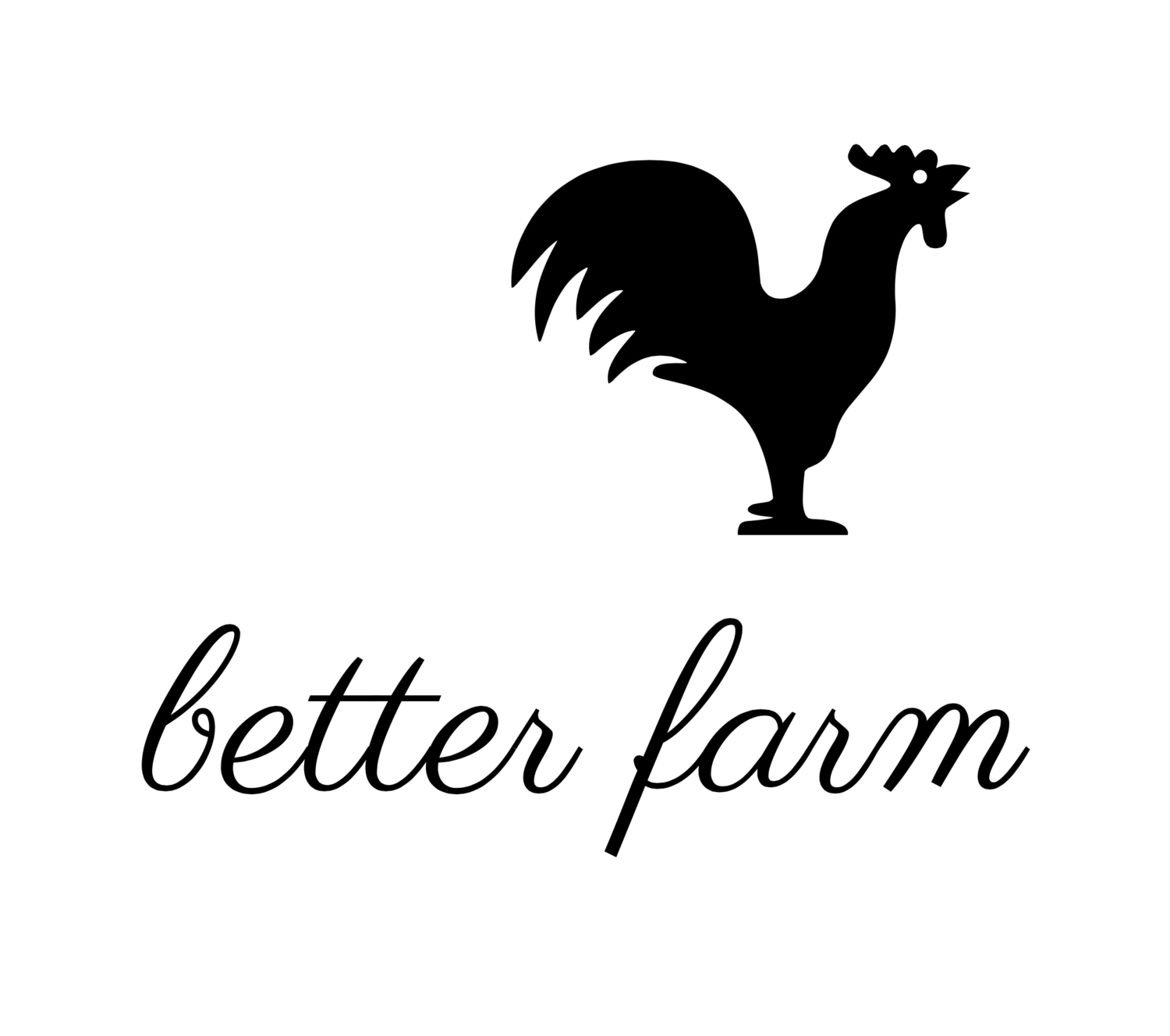We wrote
last August about a little-known but much-celebrated book written more than a half-century ago by one amazing woman called Ruth Stout.
How To Have a Green Thumb Without an Aching Back: A new method of mulch gardening detailed a method of tending crops that involved little-to-no weeding and zero pesticides. She says:
My no-work gardening method is simply to keep a thick mulch of any vegetable matter that rots on both my vegetable and flower garden all year round. As it decays and enriches the soil, I add more. The labor-saving part of my system is that I never plow, spade, sow a cover crop, harrow, hoe, cultivate, weed, water or spray. I use just one fertilizer (cottonseed or soybean meal), and I don't go through that tortuous business of building a compost pile.
Stout encourages gardeners to start with eight inches of mulch to ensure no weeds break through. We didn't have that luxury, though we've been
compiling compost and stockpiling cardboard and newspaper for the last year. So, we worked with what he had. Here's our own, custom version of Ruth Stout's valuable mulch-gardening technique.
First of all, because we didn't have enough compost and mulch materials to cover the huge swatch of land we intended to plant (what started as 20 x 24 turned into 100 x 80, then down to about 60 x 80 for this season's crops), we succumbed to the plowing and tilling Stout so objects to. We like to think she'd forgive us this transgression, seeing as the ground was literally as hard as a rock.
From there, we raked the soil into rows and planted our beds. Around each plant we sprinkled some topsoil, compost, and hay. Then we let the rains come and watched our plants flourish.
A week of rain and hot weather sent our seedlings soaring. But these conditions also brought the beginning of weeds. We knew it was time to spring into action with the mulch gardening methods we were so committed to employing. So yesterday we headed outside with months and months' worth of cardboard, newspaper, junk mail, paper bags, and yummy, rotting compost. Combining Stout's methods with the new-age favorite layering style of "
lasagna gardening" gave us our approach for this season.
First, we covered the ground around each plant (already enriched with topsoil from our worm compost and fresh compost from our kitchen) with paper.
Next, we took our compost and laid it around the plants' stems.
Over the compost goes more dirt and mulch-y materials (like hay), as well as additional soil. We got a nice rain last night and this morning to tamp everything down and start the decomposition process. The mad science experiment has begun—stay tuned for updates as we sit back, forget about weeding, and enjoy the start of summer.
























































